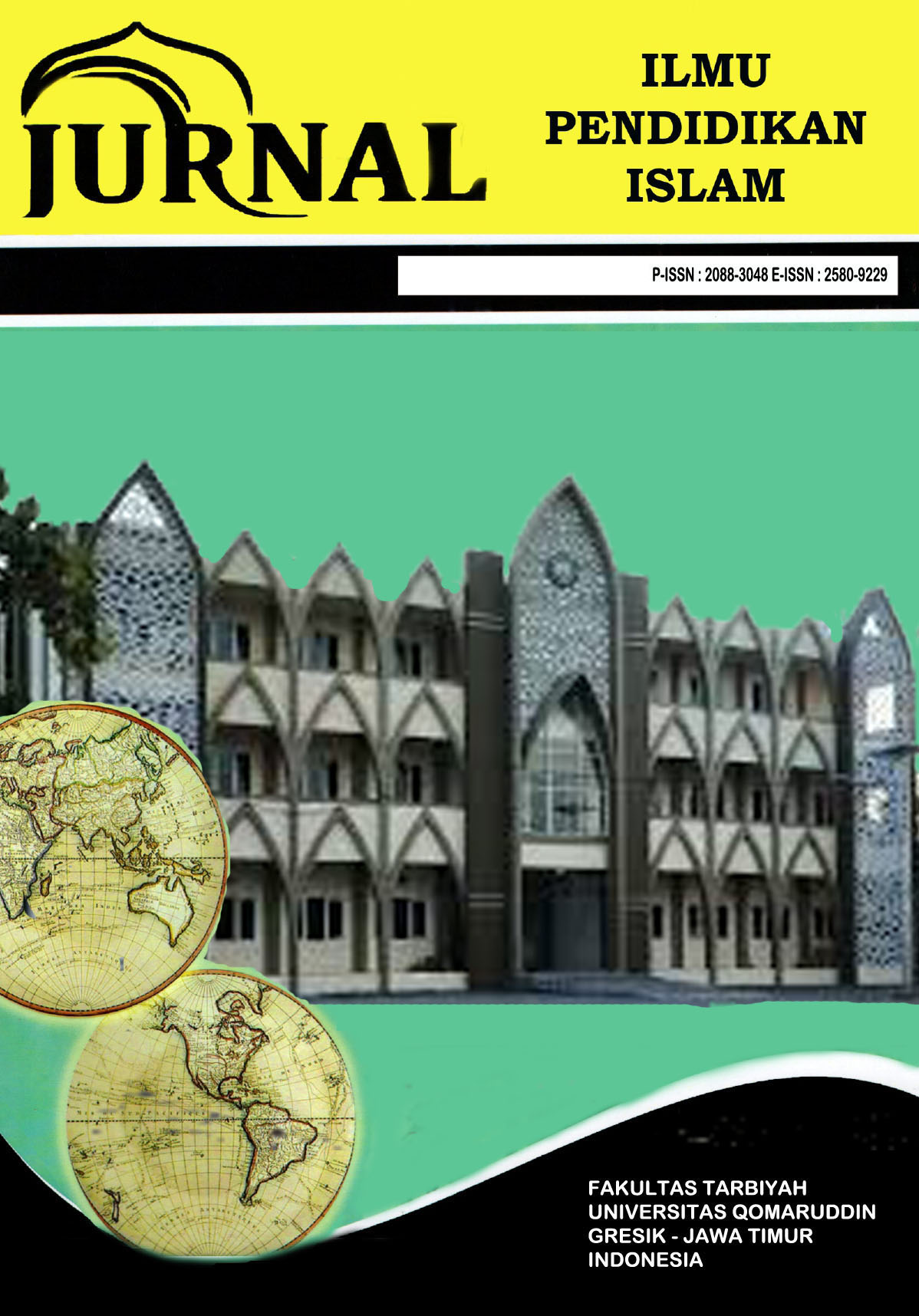EFEKTIVITAS PENGGUNAAN MEDIA BERBASIS GAMBAR DI MA JA-AL HAQ KOTA BENGKULU
Abstract
The development of information and communication technology has had a significant impact on the world of education, especially in teaching methods. One of the innovations that is starting to be implemented is the use of image-based media as a tool in learning. This research aims to analyze the effectiveness of using image-based media in improving students' understanding at MA Ja-al Haq, Bengkulu City. The approach used in this research is descriptive quantitative with data collection techniques through observation, questionnaires and interviews. The research results show that image-based media can increase students' interest in learning, make it easier to understand the material, and increase interaction in the classroom. Apart from that, the challenges found in implementing this media include limited equipment, teacher readiness in utilizing image-based media, as well as variations in students' levels of understanding of visual material. Therefore, a more optimal strategy is needed in the use of image-based media so that it can provide maximum benefits in the learning process
References
Clark, R. C., & Lyons, C. (2020). Graphics for Learning: Proven Guidelines for Planning, Designing, and Evaluating Visuals in Training Materials. John Wiley & Sons.
Mayer, R. E. (2017). Multimedia Learning (3rd ed.). Cambridge University Press.
Mayer, R. E. (2021). The Cambridge Handbook of Multimedia Learning (2nd ed.). Cambridge University Press.
Paivio, A. (2015). Mind and Its Evolution: A Dual Coding Theoretical Approach. Psychology Press.
Piaget, J. (2020). The Psychology of Intelligence. Routledge.
Sweller, J. (2019). Cognitive Load Theory in Action: Educational Research and Applications. Springer.
Vygotsky, L. S. (2016). Mind in Society: The Development of Higher Psychological Processes. Harvard University Press.
Copyright (c) 2025 Khosi’in Khosi’in, Salwa Safitri, Pera Periska, Sindy Febriani, Kania Rizki Fitaran

This work is licensed under a Creative Commons Attribution 4.0 International License.





